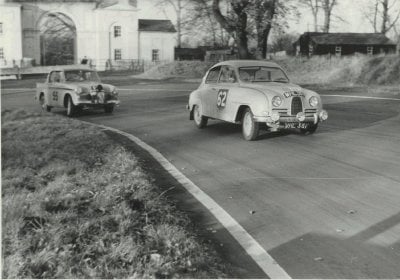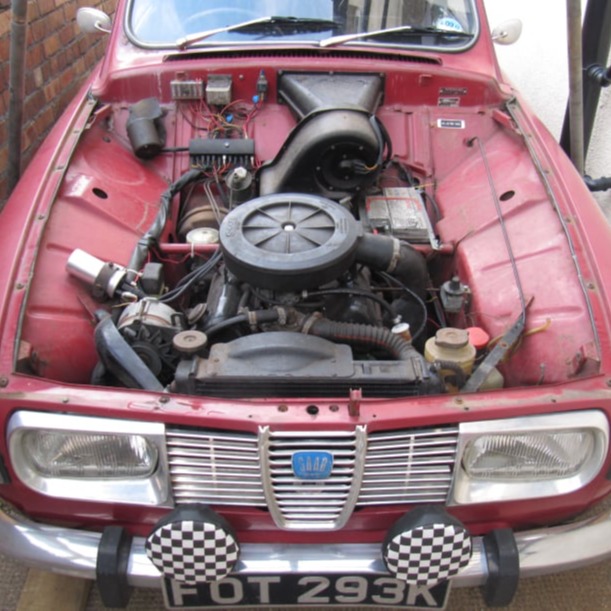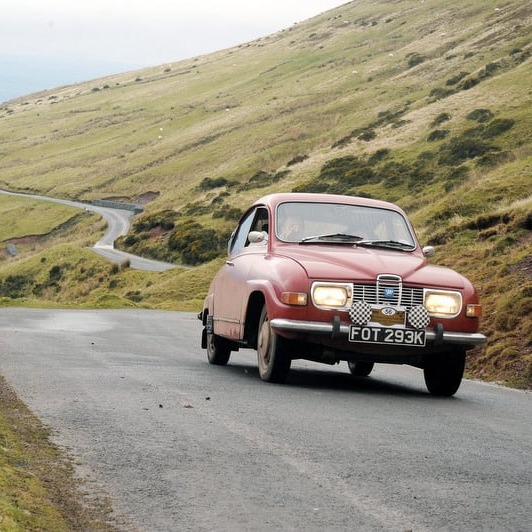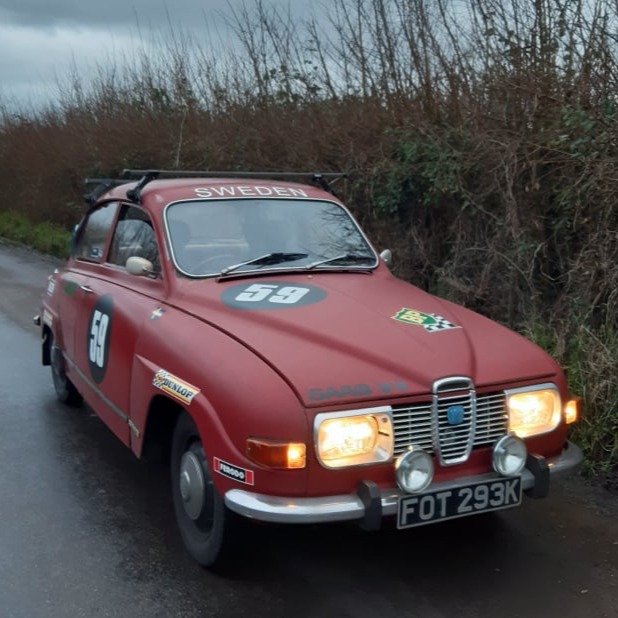By 2024 the car had become quite rusty. A combination of years of hard work and a lack of love left it looking sorry on the driveway. The cabin leaked in the rain, the paint was flat, the interior tatty and lenses faded. Despite this, everything with the exception of the boot light still worked. It started well, ran well and stopped very well; and whenever it was needed it stepped up.
To the modern motorist in the city traffic, it now looked old, tired, tatty and out of date. Other drivers could rip away from the traffic-lights leaving the Saab behind, sat in their plush cabins with nonsense gadgets, although the Saab would often catch up on the corners. Despite it's condition, from time to time I would find myself alone on the ring road late at night and able to set a preferred pace. The Saab was swift, enjoyable, totally predictable, and would carry speed through the sweeping curves and roundabouts. It would eat up the miles, the blazing spotlights lighting the road ahead and the eager V4 engine working hard. Parking up, the car would gently tick as it cooled, the disc brakes glowing dull red in the night air and in the house the greeting would be "you're home early."





